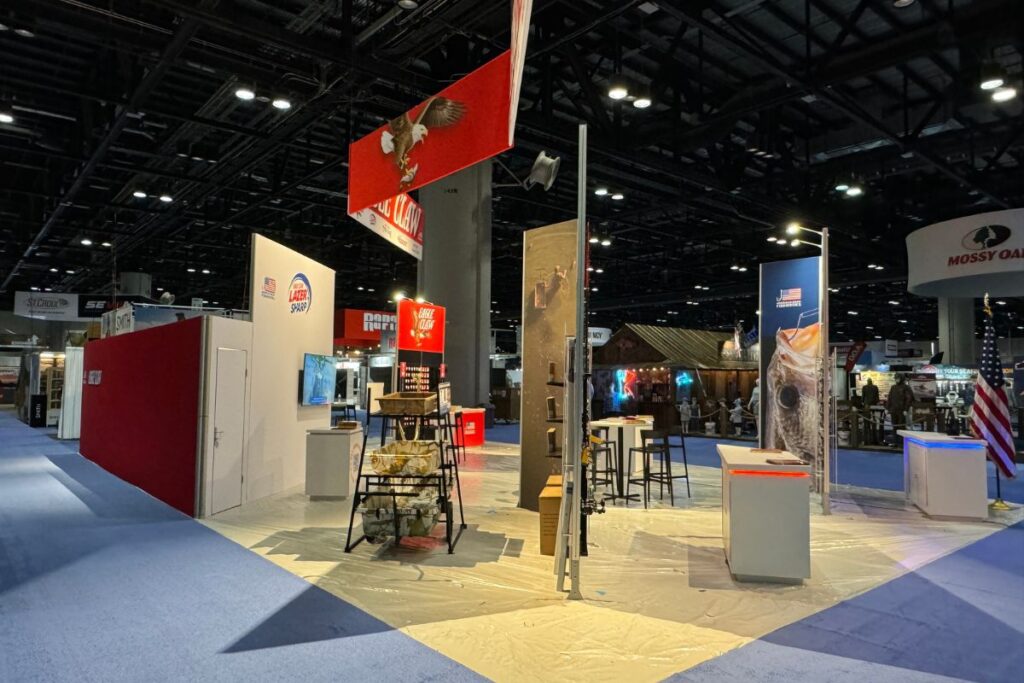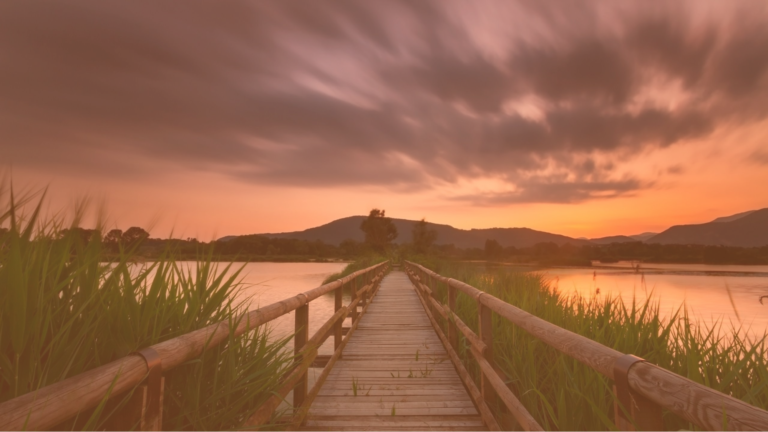Last month, a manufacturing VP called us in a panic. “We just committed $200K to an art fair in California, but honestly? I have no clue if we picked the right one.” Sound familiar?
You’re definitely not alone. More enterprise brands are waking up to what we’ve known for years: art fairs aren’t just for galleries anymore. They’re goldmines for connecting with collectors who happen to run major companies, sit on boards, and make million-dollar decisions over wine and sculpture discussions.
But here’s the thing—California’s art scene is massive and scattered. Pick wrong, and you’ll burn through the budget faster than you can say “contemporary art.” Pick right? We’ve watched clients turn art fair conversations into eight-figure deals.
After helping everyone from Fortune 500 tech giants to mid-market manufacturers navigate this world for over a decade, we’ve cracked the code on where in California most art conventions happen and why it matters for your business strategy.
Los Angeles: Where the Magic Actually Happens
Let’s cut to the chase—when people ask where in California most art conventions happen, the answer is simple: Los Angeles, and it’s not even close. We’re talking about a city that eats, sleeps, and breathes art fairs. If you’re only going to pick one California location for your art convention strategy, this is it.
Los Angeles Convention Center
Here’s what you need to know: the LA Art Show at the Los Angeles Convention Center isn’t just another trade show. It’s where serious money meets serious art. Picture this—40,000+ attendees, including collectors who think nothing of dropping six figures on a painting before lunch.
The Los Angeles Convention Center has become the unofficial headquarters for West Coast art conventions, and there’s a reason for that. The infrastructure actually works (trust us, that’s rarer than you’d think), the location draws international crowds, and the timing typically kicks off California’s art fair season.

Source: www.laconventioncenter.com/image
Why Smart Brands Choose LA (Hint: It's Not Just the Weather):
- The numbers don’t lie: International galleries, collectors with real budgets, and decision-makers who actually show up
- Infrastructure that works: Ever tried setting up a booth somewhere with terrible loading docks? Yeah, the Los Angeles Convention Center figured that out
- Cultural street cred: Southern California shapes what’s cool in contemporary art—being here positions you as plugged in, not playing catch-up
The LA Scene Beyond Downtown
Don’t sleep on the rest of LA’s art fair ecosystem. Frieze Los Angeles happens at Santa Monica Airport (yes, an airport—it’s actually pretty cool), and it’s where you’ll find the contemporary art crowd that includes tech founders, entertainment executives, and investors from across the Pacific Rim.
Then there’s the arts district in downtown LA, which has exploded with smaller, more intimate art fairs. Think of these as your secret weapon—less crowded, more focused conversations, and often attended by exactly the kind of collector-entrepreneurs who make for interesting business partners.
Real talk from one of our manufacturing clients: “We thought art fairs were just fancy cocktail parties. Three years and several million in new business later, I’m a believer. The conversations you have at these events just don’t happen at regular trade shows.”
San Francisco: Where Tech Money Meets Fine Art
If LA is the art world’s Hollywood, San Francisco art fair events are more like exclusive dinner parties where everyone happens to be worth nine figures. The San Francisco Art Fair pulls in 85 galleries from around the world to Fort Mason Festival Pavilion, but here’s what makes it special: half the attendees seem to have “Chief” in their title.
We’re talking about a city where venture capitalists discuss Basquiat over breakfast and startup founders bid on sculpture between board meetings. If your target market includes the tech elite, this is your playground.
Why San Francisco Just Hits Different
Look, we’ve been to a lot of art fairs, and San Francisco has this unique vibe where serious business gets done over conversations about contemporary art. It’s like the entire city’s networking scene revolves around gallery openings and museum events.
What Makes San Francisco Art Conventions Special:
- The Silicon Valley connection: You’re literally networking with people who run companies you use every day
- Quality over quantity: Smaller crowds mean deeper conversations—perfect when you’re trying to build real relationships
- Innovation mindset: These collectors aren’t just buying art; they’re thinking about what’s next, which often includes your industry

San Diego: The Sleeper Hit You're Probably Ignoring
Here’s something most companies miss: San Diego might not have the biggest art fairs, but it’s got something LA and San Francisco don’t—proximity to Mexico and a collector base that thinks globally.
Art San Diego brings together 60 international galleries with a crowd that includes collectors from Mexico City, tech executives from across the Pacific region, and surprisingly, a ton of manufacturing and biotech leaders. The San Diego Convention Center hosts these boutique events that feel more like exclusive clubs than massive trade shows.
The real advantage? Everyone’s more relaxed, conversations are longer, and business cards actually turn into business relationships.
How California Art Conventions Really Work
Timing Is Everything (And Most Companies Get It Wrong)
California’s art fair calendar isn’t random—there’s actually a method to the madness. The LA Art Show kicks off the year in late winter, which means collectors are fresh off holiday spending and ready to make moves. Then spring brings the San Francisco circuit, perfectly timed with tech conference season when everyone’s already in networking mode.
Here’s How the Pros Time Their Art Convention Strategy:
- Late Winter: Hit the major LA art shows when collectors have their biggest budgets
- Spring: San Francisco art fairs coincide with when tech leaders are most active
- Summer: Events like La Quinta Arts Festival combine art with resort networking (think Coachella for art collectors)
- Fall: Contemporary art season heats up, and wine festival crossovers bring in luxury market decision-makers
How to Actually Make Money at California Art Conventions
The Real Game Isn't the Art Walk—It's Everything Else
Here’s what most companies miss: the actual art fair is just the appetizer. The real business happens at opening night receptions, private collector dinners, and those informal conversations that happen when someone’s explaining why they just spent $50K on a painting.
Art fair attendees aren’t just art lovers—they’re museum board members, private wealth advisors, luxury brand executives, and the kind of high-net-worth individuals who sign off on major B2B contracts without blinking.
Our Battle-Tested Art Convention Playbook:
- Do your homework first: We map out key collectors and cultural influencers before every event
- Master the hospitality game: Opening receptions and private viewings are where deals actually get made
- Speak their language: Your materials need to look like they belong in this world—think museum catalog, not product brochure
- Follow up like a pro: These relationships take time to develop, but they’re worth millions when they do

Why We're Obsessed with Art Convention Strategy
Look, we’ve been doing this for a long time, and art fairs still surprise us. We’ve designed exhibitions for tech companies at Frieze Los Angeles, helped manufacturing brands navigate the LA Art Show, and even worked with financial services firms at those intimate San Francisco gatherings.
Each one requires a completely different approach. You can’t just slap your regular trade show booth into an art fair and expect magic to happen. These environments demand authenticity, cultural awareness, and a level of sophistication that most B2B companies just don’t think about.
A tech CEO we work with put it perfectly: “Our presence at art fairs completely changed how people see our company. When collectors understand that we’re serious about supporting contemporary artists, it shifts the entire conversation about who we are and what we value.”
What's Next for California Art Conventions
The landscape keeps evolving in interesting ways. The LA Art Book Fair at ArtCenter College of Design in Pasadena is drawing education and research leaders who never showed up to traditional downtown events. Santa Monica’s contemporary art scene is pulling in entertainment industry executives. And don’t even get us started on the art and wine festival combinations up in Napa—luxury market decision-makers love that stuff.
Keep Your Eye On:
- Pasadena: Academic art events are attracting serious money from education and research sectors
- Santa Monica: The entertainment industry connection is creating unique networking opportunities
- Wine Country: Art and wine combinations are catnip for luxury market executives
The Bottom Line:
Understanding where in California most art conventions happen isn’t just about geography—it’s about positioning your brand within cultural ecosystems that actually influence how business gets done.
These aren’t your typical networking events. Done right, they’re relationship-building goldmines that can transform how your company connects with the people who matter most to your bottom line.


